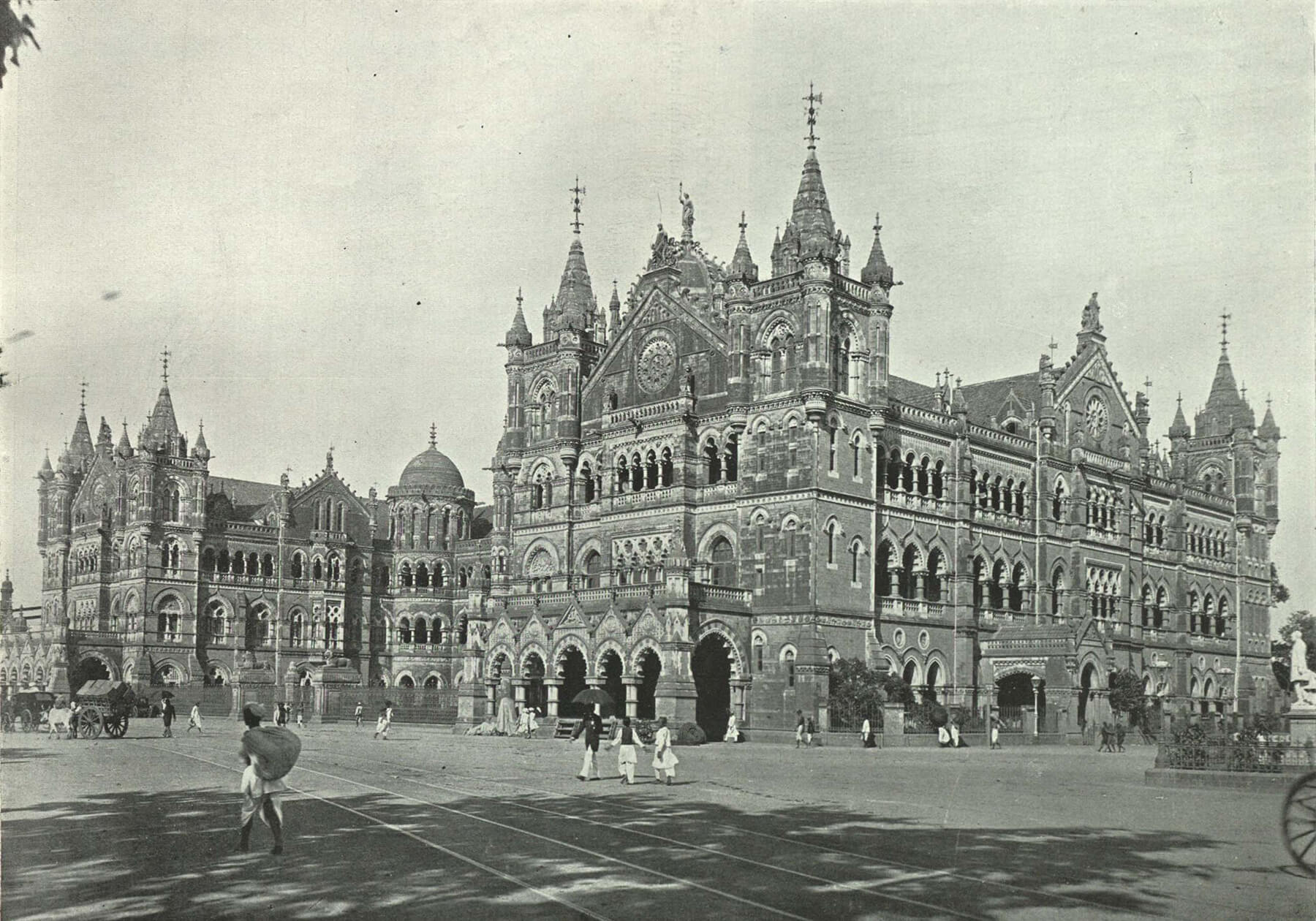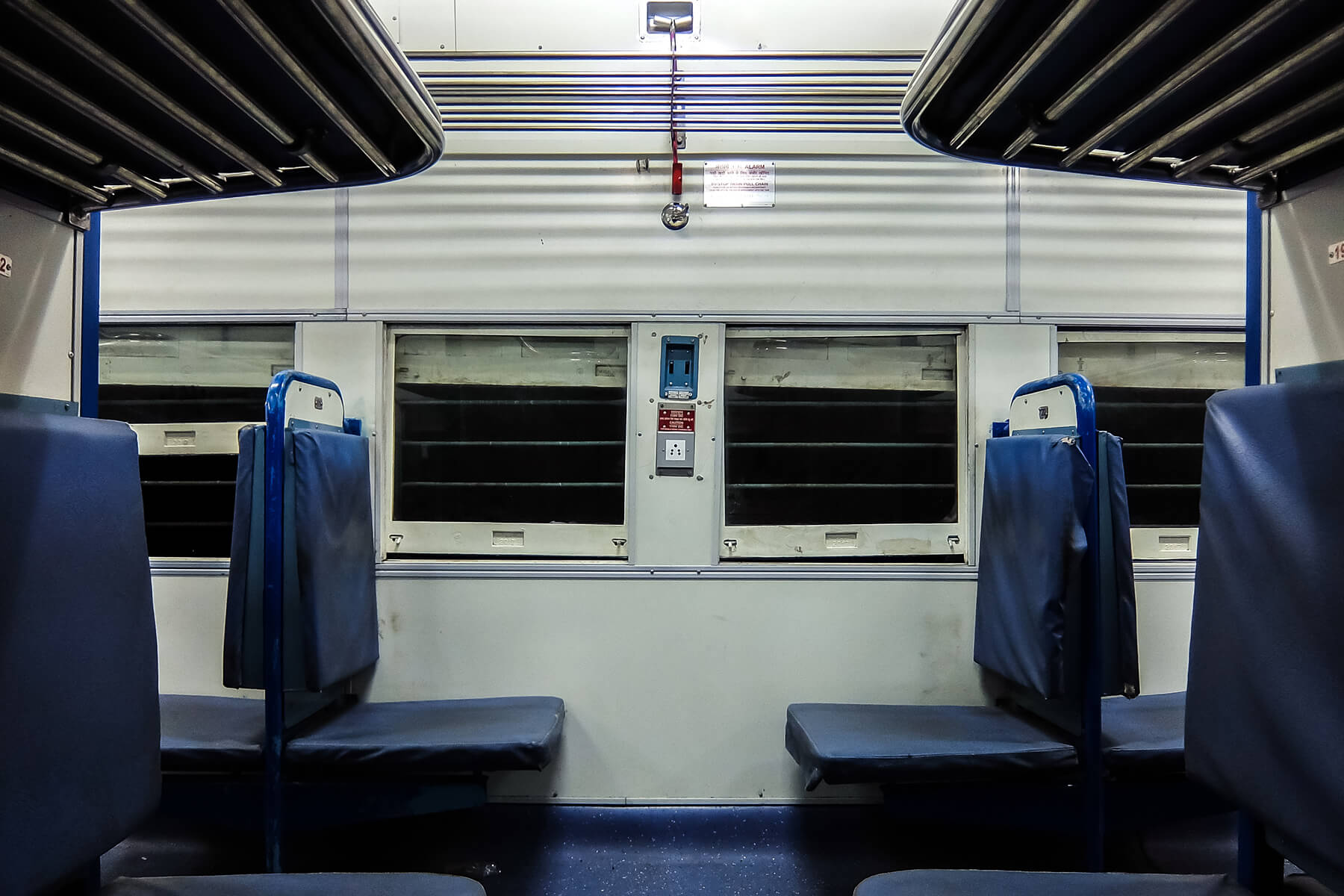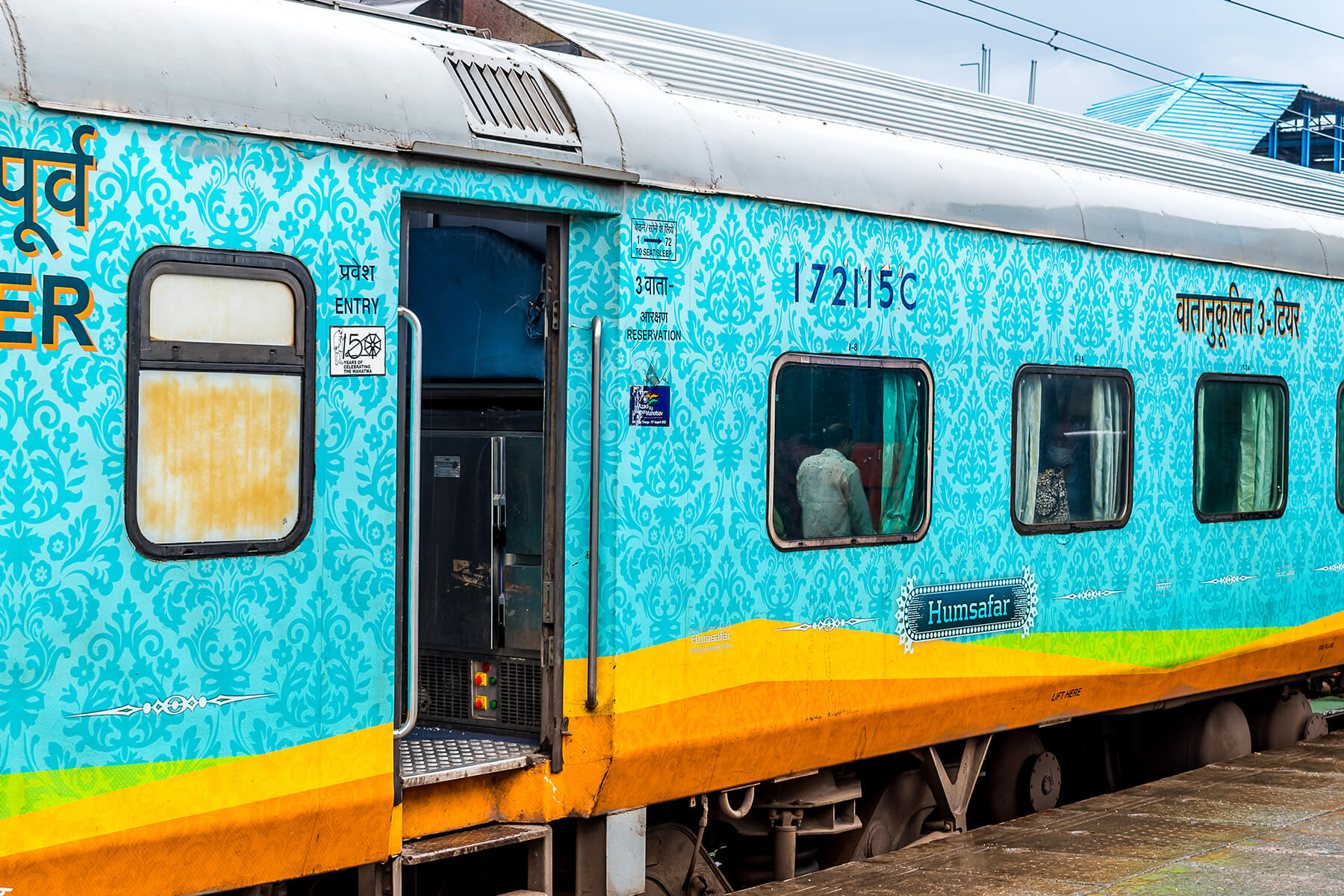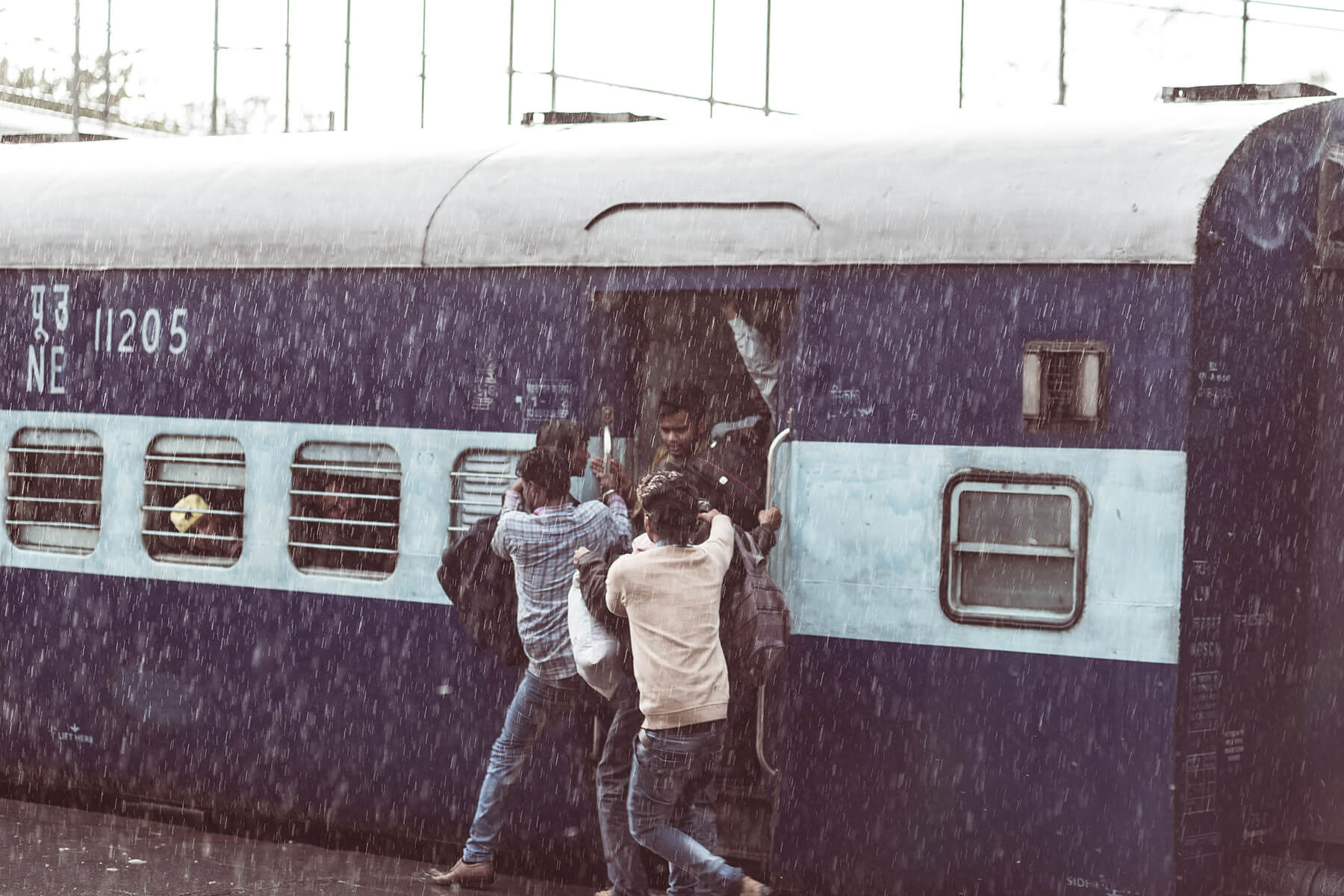Positions on Transport, Technology, Innovation
Digitisation “on track”
Digitalisation has arrived in the middle of society and now infiltrates all areas of life. So what could be more natural than to have AI write the introduction to our technology series EBE-Techtalks? Entering the question “What are the technical implications of digitalisation for rail transport?” on ChatPGB resulted in an extensive text that concluded: “Overall, digitalisation has the potential to transform rail transport by improving safety, efficiency and the passenger experience.
At EBE Solutions, we can confirm this statement, as a good part of our work is the creation of new digital solutions, research and continuous development of our products. For our customers, these processes are often not even visible, but beyond client meetings and assembly work, much more happens at EBE. We would like to introduce you to all these technologies, research projects and innovations in our new micro-series EBE Techtalks. In this issue, we kick off with the area of research and development, where we participate in research projects with renowned project partners. In addition, we took the 170th anniversary of the railway in India as an opportunity to dedicate a small portrait to Indian Railways, one of the largest railway companies in the world.
As always, I hope you enjoy reading this issue,
Managing Director Laurenz Trunner and the EBE Solutions team
EBE-TECHTALKS 1: F&E im Projekt TARO
In the R&D project TARO – Towards Automated Railway Operation - the topics “Digital Twin“, “Processes“ and “Automated Train Operation“ are being comprehensively researched under the leadership of ÖBB by a consortium of 17 partners. In addition to ÖBB as the project initiator and representatives of industry, Austria’s leading scientific institutions are involved in the project.
Automation and digitalisation can make a significant contribution to making the railway more attractive by increasing capacity and thus achieving traffic shifts to the more climate-friendly railway. They are therefore decisive factors in the fight against climate change. From this point of view, our contribution in the project aimed at researching the regional railway technology of the future.
For the topic area “Automated Train Operation“, we developed a demonstrator with a variety of different interfaces to systems from other manufacturers. These include classic interfaces based on relays and optocouplers as well as fully digital IP-based interfaces, such as a RaSTA interface developed together with FH Wels, an EULYNX SCI-LX developed with a partner company or our own IP/UDP-based protocols for the wireless connection of points.
The past year was therefore characterised by a dense sequence of project steps. The final evaluation of the test results is currently underway and the project is scheduled for completion this June.
p>
UNESCO World Heritage Site and one of the largest railway stations in the country: The Chhatrapati Shivaji Terminus in Mumbai
170 years of railways in India
170 years ago, on 16 April 1853, India’s first passenger train set off on the Great Indian Peninsular Railway (now Central Railway) line between Bombay (now Mumbai) and Thane in Maharajastra, just 34 kilometres away. The age of the railway had dawned on the subcontinent. The train with its 14 carriages was pulled by three steam locomotives called Sahib, Sindhu and Sultan and started its journey from a temporary platform, where today the Chhatrapati Shivaji Terminus—commonly known as Victoria Terminus0–is located, one of the largest and busiest railway stations in the world and a UNESCO World Heritage Site since 2004. Whereas in the beginning there were two services a day, today 1,160 trains run daily on the same line, carrying 3.4 million suburban passengers. The Central Railway carries as many as 12 million passengers on its various routes.
The Indian state railway with its gigantic rail network owes its meteoric rise to the unprofitability of the former private railways. Due to the high costs of building their broad-gauge lines, they had to be constantly subsidised by the colonial government, which finally persuaded it to nationalise private railways and set up a state-owned company under the umbrella of the Indian State Railways. Its rail network grew rapidly and by 1930 had already increased to 52,000 km in length. Literally every corner of the country was opened up by the railways in the years that followed.
The partition of India
In the course of the partition of India after independence, railway lines often became the scene of terrible assassinations. In the Amritsar massacre in September 1947 alone, 3,000 Muslims died when a train was attacked by a mob of Hindus and Sikhs. For thousands of internally displaced persons, the trains became steel coffins, burning helplessly in the barred compartments. The trains that transported their corpses were soon called “Ghost Trains” by the locals.
New start as Indian Railways
In 1951, all railway companies merged to form today‘s Indian Railways, and from the 196Os onwards, the network was uniformly converted from metre-gauge to broad-gauge lines. However, most of the trains were still steam locomotives, which were produced until the 1970s. The conversion was initially slow: as diesel was more expensive than hard coal, 4,ooo steam locomotives were still in service at the end of the 1980s, and less than 10,000 kilometres of railway line were electrified.
The road to a modern state railway
Today, India is on the verge of complete electrification of its railway lines. A corresponding plan is to be implemented by 2024. But the trains still run comparatively slowly. The fastest connections, such as the Gattimaan Express between Delhi and Agra, which opened in 2016, reach 160 km/h, but the average speed of travel is just 100 km/h. The aim is to improve the situation by building high-speed trains. This is to be countered by the construction of high-speed corridors. Originally planned for 2023, after a series of delays the first Japanese E5 Shinkansen are finally scheduled to run on the Mumbai-Ahmedabad route in 2028.

Victoria Terminus, Bombay, historical photograph ca. 1905

In the ordinary classes, the windows are still barred today.

Much more comfortable: the AC Three Tier Car of the Humsafar Express

Especially the suburban connections are often completely overcrowded, passengers sometimes take refuge on the roofs of the trains (see our cover photo).
The “Diamond Crossing” in Nagpur (Maharashtra) attracts thousands of railway enthusiasts every year.
Amazing facts about India’s railways
Railways of superlatives
With 68,103 km of track, India’s railway network is the fourth largest in the world (after USA, CHN and RU). Every day, 13,452 passenger trains carry around 24 million passengers to 7,337 stations. Although the number has been declining for years, Indian Railways employs a proud 1,254 million people, making it the second largest employer in the country after the army.
Railways as a tourist attraction
Indian Railways not only travels to the country's numerous tourist attractions, it has many of its own to offer: The Nilgiri Mountain Railway is one of the slowest trains in India and has been a UNESCO World Heritage Site since 2005. Two other railway lines and the Victoria Terminus are also on the UNESCO list. Besides the National Rail Museum in New Delhi, the company operates 37 museums nationwide. A special attraction for railway fans is the “Nagpur Diamond Crossing”: India’s only operating double crossing point attracts thousands of fans every year.

